Companion Planting
Lettuces planted between the Strawberries
Companion planting is a technique used whereby a number of different plant species and varieties are planted in close proximity (or interplanted) to one another which mutually benefits the garden as a whole. Each plant has its own niche and ecological function and it is due to this fact that through companion planting we can see beneficial relationships between plants occurring to aid in pest control, pollination, providing habitat and/or attracting beneficial insects, maximizing space, assisting in soil health and crop productivity and taste. A simple example of such a relationship would include planting a marigold near to a strawberry plant. A strawberry plant can be susceptible to a variety of pests but a Marigold plant has the natural ability to deter many pests. It is this plant interaction that we encourage within our patch.
Companion planting, we believe, is an easy way to mimic nature and in taking advantage of this technique means we can grow our berries in a way where they are not reliant on any sort of chemical sprays (or organic insecticide/herbicide sprays for that matter) in order to eliminate pests and disease within our patch. In our home vegetable gardens what we often naturally, but without thought, use companion planting but why is this method not taken up by larger scale producers is a question to be asked.
In our first year of growing, we planted simple borders around our patch of lavender, marigolds and borage to attract beneficial pollinators and deter other unwanted pests. In our second year we decided to take that one step further and interplant with our Strawberries other species such as Marigolds, Onions and Thyme to help deter unwanted pests and vegetables such as Asparagus and Lettuce which is said to help to enhance the flavours of the strawberries (and also the vegetable too).
And of course, honesty is key so it’s hard to say without unbiased scientific testing to say if the flavours have been enhanced but I believe we can’t just discard the results that we see, feel, taste and smell right. One thing we can state for fact however, is that we have not needed to use a single drop of spray and we have not had any pest problems throughout the season. The second fact I will make is that we will continue to use companion planting as long as we are planting Strawberries.
So what next? Well next year we have decided to take companion planting another step further by using it for one more, additional reason….to trial as an alternative to plastic. We are currently trailing a few plant species that we think may be able to be used as weed suppressants while also acting as a bed for the strawberry plants to grow through and for the strawberries themselves to be able to rest on without spoiling. Will it work, hopefully, but you don’t know if you don’t try right and how great would it be to one day eventually be able to say we are 100% plastic free throughout our entire system.
We are currently trialing different plant varieties to replace plastic. We are looking for rate of germination, rate of growth between each plant growth stage and how this syncs with the strawberry season, competition factors, weed suppression, maintenance requirements, economics and longevity.
Anyone can try companion planting in any garden or even around any fruit tree so we encourage you to trial it for yourself and we will keep you updated on our latest trials (whether they succeed or fail). At Dairy’s Berries we are always thinking of new ways to push the boundaries of typical modern day production systems that work more with nature in order to grow a better, healthier more sustainable berry to enjoy.



